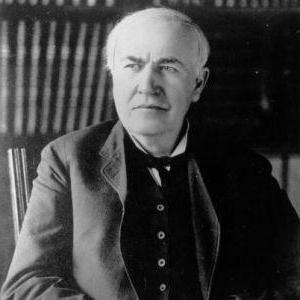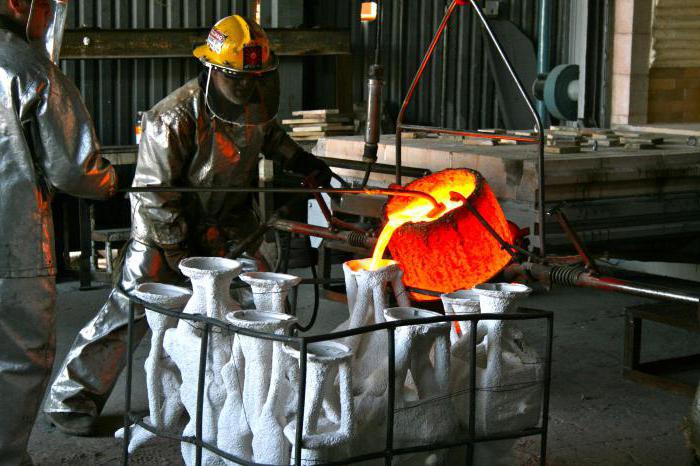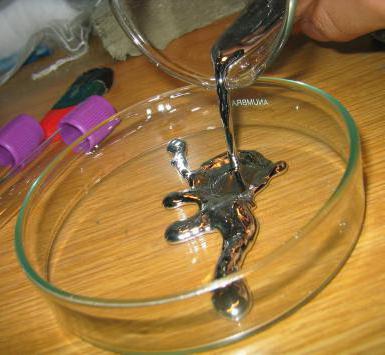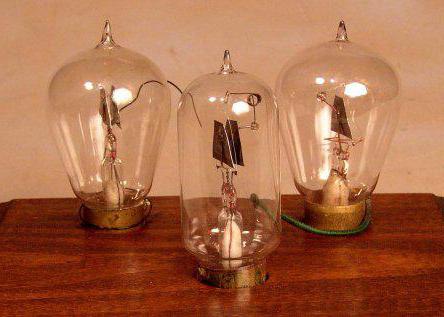Today the focus is on thermionic emission. Variants of the name of the effect, its manifestation in the medium and in vacuum are considered. Temperature limits are investigated. The dependent components of the saturation current density of thermionic emission are determined.
Names of the effect of thermionic emission
The term "thermionic emission" has other names. By the names of scientists who discovered and first investigated this phenomenon, it is defined as the Richardson effect or the Edison effect. Thus, if a person encounters these two phrases in the text of a book, he must remember that the same physical term is implied. The confusion was caused by the disagreement between the publications of domestic and foreign authors. Soviet physicists sought to give laws explanatory definitions.

The term "thermionic emission" contains the essence of the phenomenon. The person who sees this phrase on the page immediately understands that we are talking about the temperature emission of electrons, only remains behind the scenes, that this happens without fail in metals. But for that, there are definitions to reveal details. In foreign science, they are very sensitive to primacy and copyright. Therefore, a scientist who was able to fix something receives a nominal phenomenon, and poor students should actually memorize the names of the discoverers by heart, and not just the essence of the effect.
Determination of thermionic emission
The phenomenon of thermionic emission is that electrons come out of metals at high temperature. Thus, heated iron, tin or mercury are the source of these elementary particles. The mechanism is based on the fact that in metals there is a special connection: the crystal lattice of positively charged nuclei is, as it were, a common basis for all the electrons that form a cloud inside the structure.

Thus, among the negatively charged particles that are near the surface, there will always be those that have enough energy to leave the volume, that is, to overcome the potential barrier.
Thermionic emission effect temperature
Due to the metallic bond, there will be electrons near the surface of any metal that have enough forces to overcome the potential exit barrier. However, due to the same dispersion of energies, one particle barely breaks away from the crystalline structure, while the other takes off and travels a certain distance, ionizing the medium around it. Obviously, the more kelvin in the medium, the more electrons acquire the ability to leave the volume of the metal. Thus, the question arises of what is the temperature of thermionic emission. The answer is not simple, and we will consider the lower and upper boundaries of the existence of this effect.
Temperature limits of thermionic emission
The connection of positive and negative particles in metals has a number of features, among which there is a very dense distribution of energies. Electrons, being fermions, each occupy their own energy niche (unlike bosons, which are able to be all in one state). Despite this, the difference between them is so small that the spectrum can be considered continuous, rather than discrete.

In turn, this leads to a high density of states of electrons in metals.However, even at very low temperatures, close to absolute zero (recall, this is zero Kelvin, or approximately minus two hundred seventy-three degrees Celsius), there will be electrons with higher and lower energy, since all of them at the same time cannot be in a lower state. This means that under certain conditions (thin foil), very rarely the electron exit from a metal will be observed even at extremely low temperatures. Thus, a value close to absolute zero can be considered the lower limit of the temperature of thermionic emission.
On the other side of the temperature scale is metal melting. According to physicochemical data, for all materials of this class this characteristic is different. In other words, metals with the same melting point do not exist. Under normal conditions, mercury or liquid passes from its crystalline form even at minus thirty-nine degrees Celsius, while tungsten - at three and a half thousand.
However, all these limits are related by one thing - the metal ceases to be a solid. This means that laws and effects are changing. And to say that there is thermionic emission in the melt is not necessary. Thus, the melting point of the metal becomes the upper limit of this effect.
Vacuum Thermoelectronic Emission
All of the above refers to the phenomenon in the medium (for example, in air or in an inert gas). Now we turn to the question of what is thermionic emission in vacuum. To do this, we describe the simplest device. A thin rod of metal is placed in the flask from which air was pumped out, to which the negative pole of the current source is brought. Note that the material must melt at sufficiently high temperatures so as not to lose the crystalline structure during the experiment. The cathode thus obtained is surrounded by a cylinder of another metal and a positive pole is connected to it. Naturally, the anode is also in a vessel filled with vacuum. When the circuit is closed, we obtain the current of thermionic emission.

It is noteworthy that under these conditions, the dependence of the current on voltage at a constant cathode temperature does not obey Ohm's law, but the law of the second two. He is also named after Child (in other versions of Child-Langmuir and even Child-Langmuir-Boguslavsky), and in the German-language scientific literature - by the Schottky equation. With an increase in voltage in such a system at a certain moment, all the electrons pulled out of the cathode reach the anode. This is called the saturation current. On the current-voltage characteristic, this is expressed in the fact that the curve goes to a plateau, and a further increase in voltage is not effective.
Thermionic Emission Formula
These are the features that thermionic emission has. The formula is quite complex, so we will not give it here. In addition, it is easy to find in any directory. In general, the thermionic emission formula does not exist as such; only the saturation current density is considered. This value depends on the material (which determines the work function) and the thermodynamic temperature. All other components of the formula are constants.
On the basis of thermionic emission, many devices work. For example, old large televisions and monitors are based on this effect.
